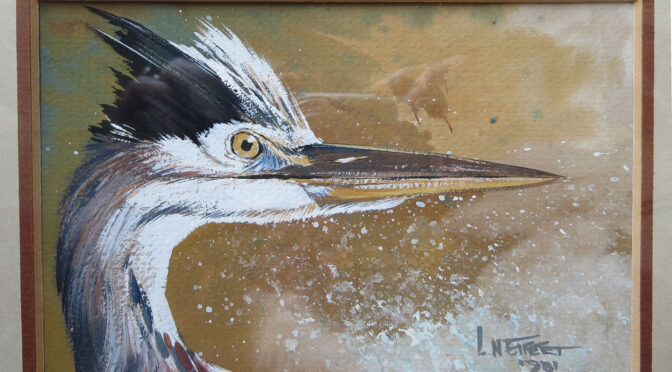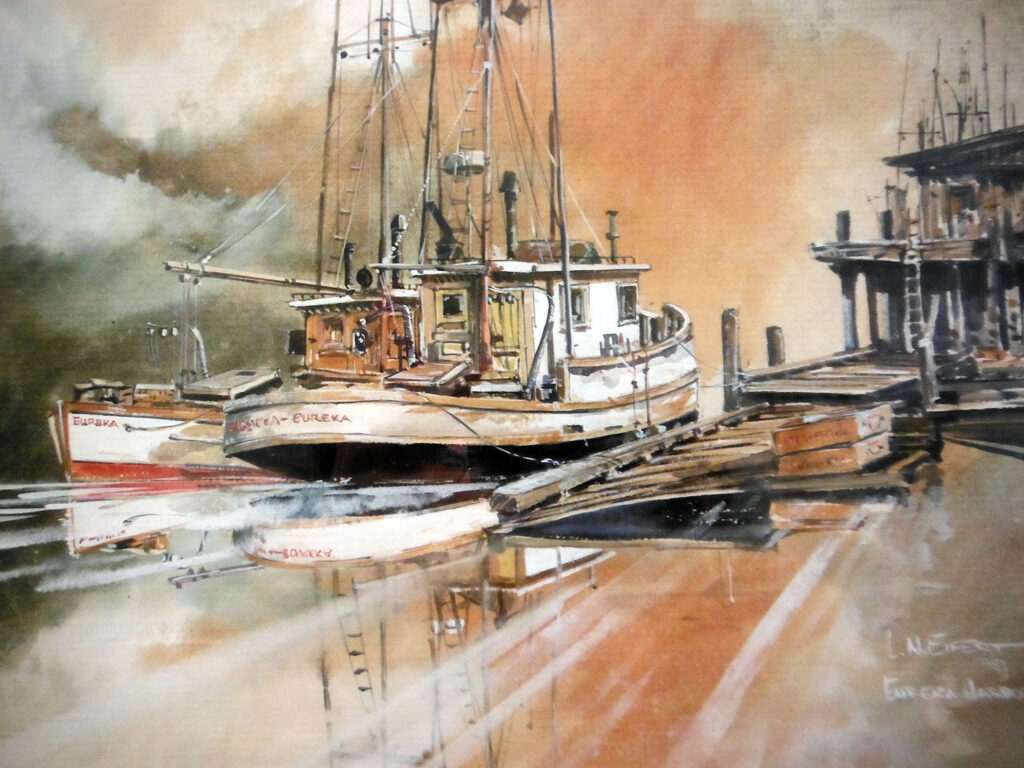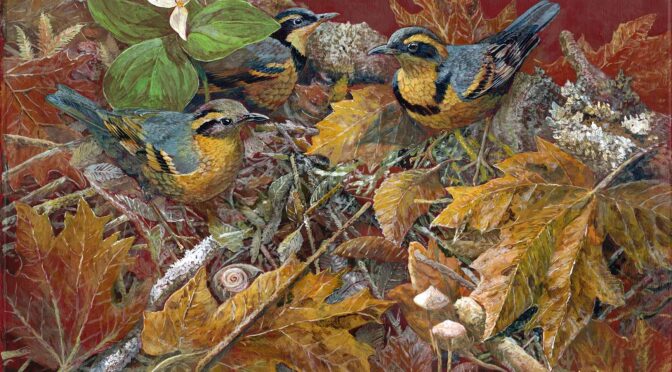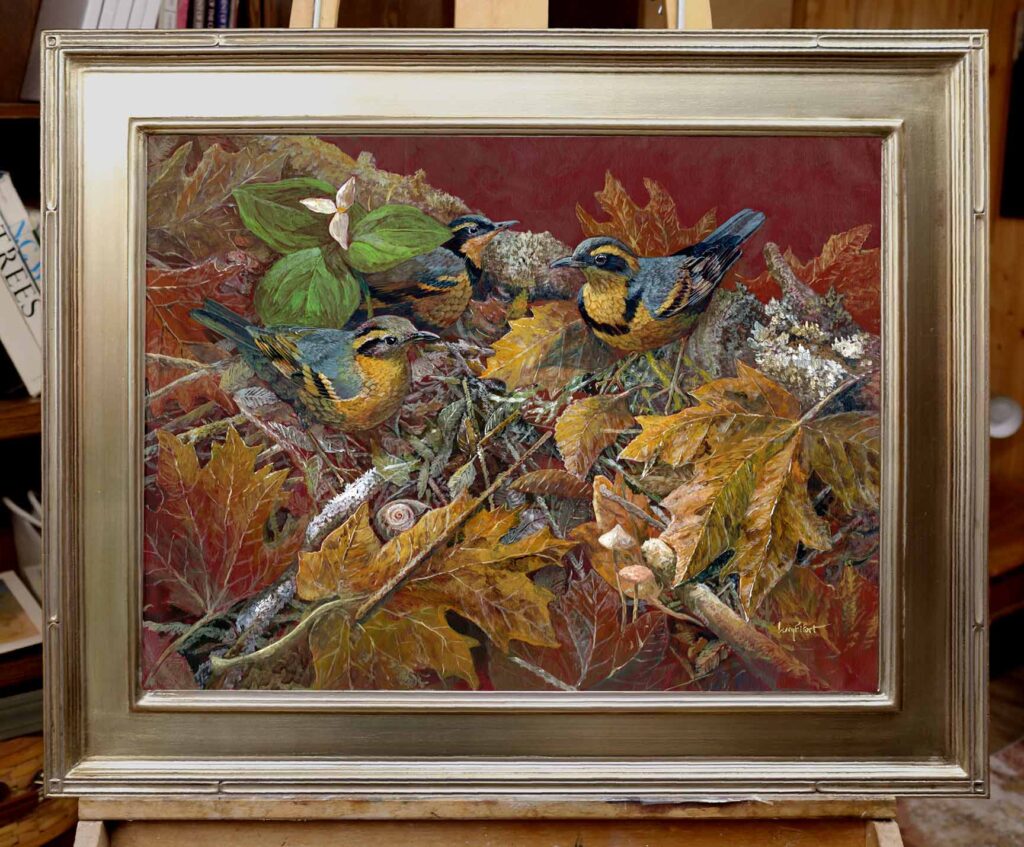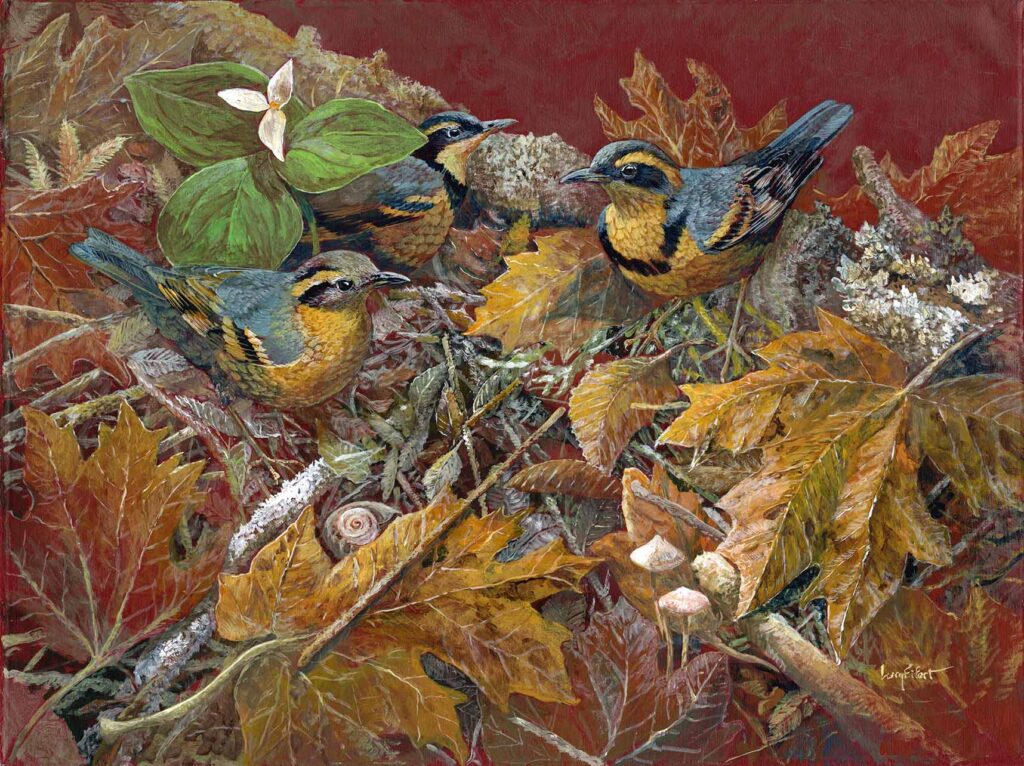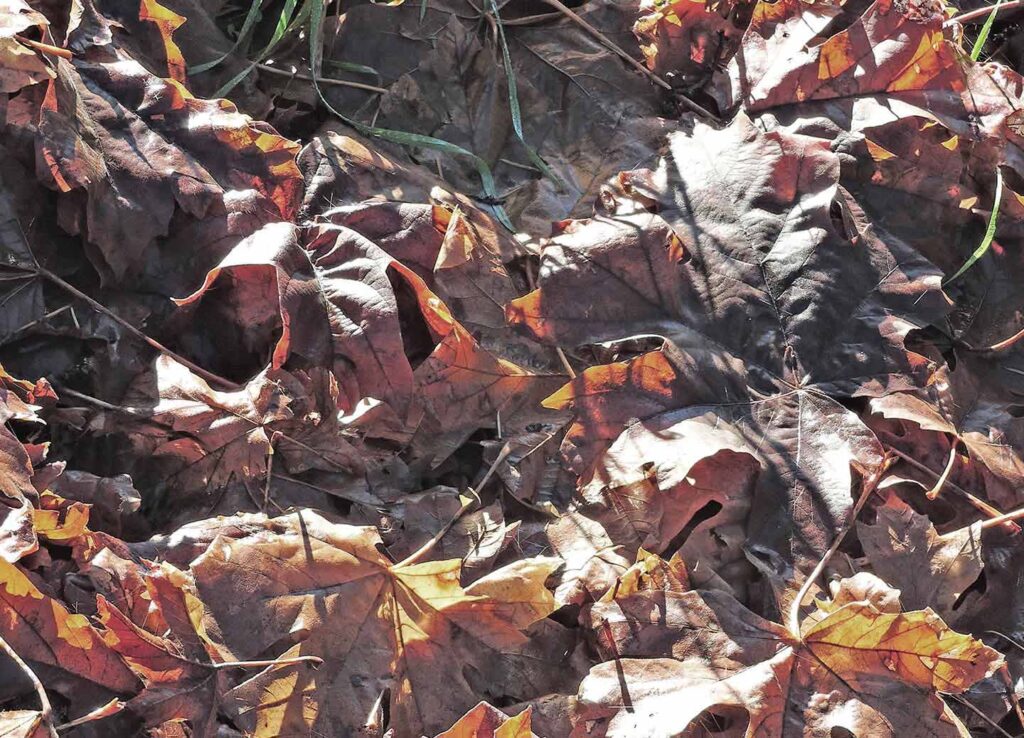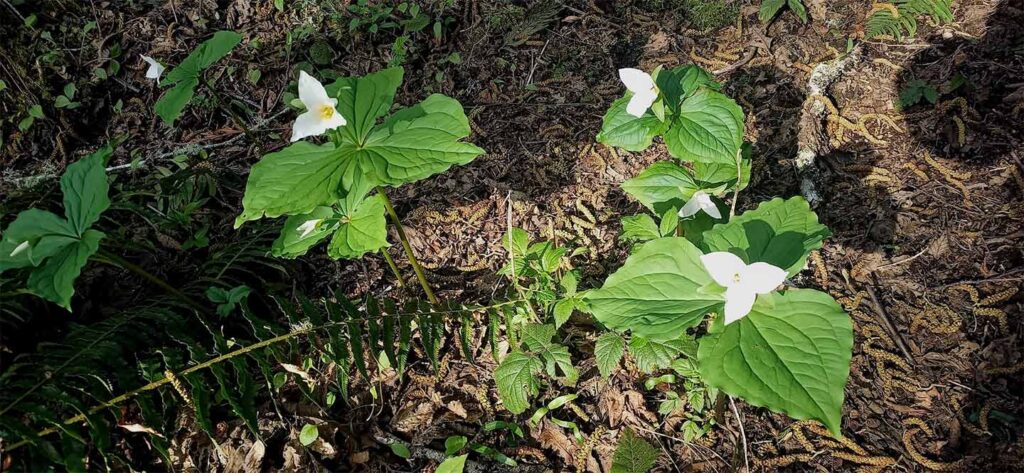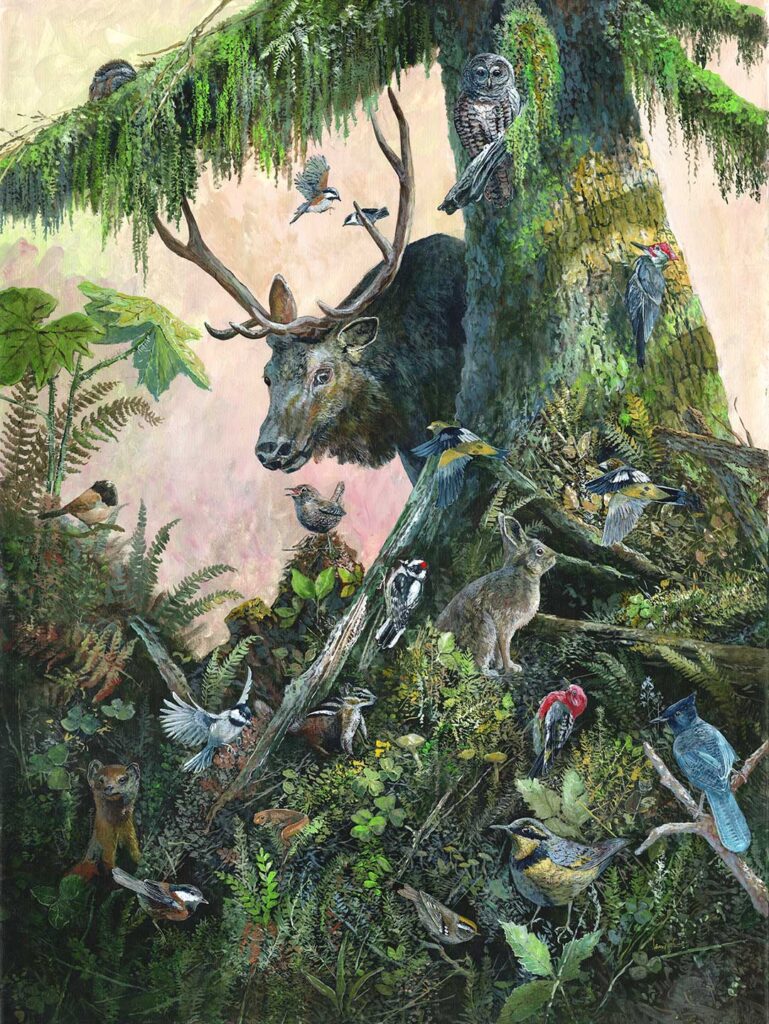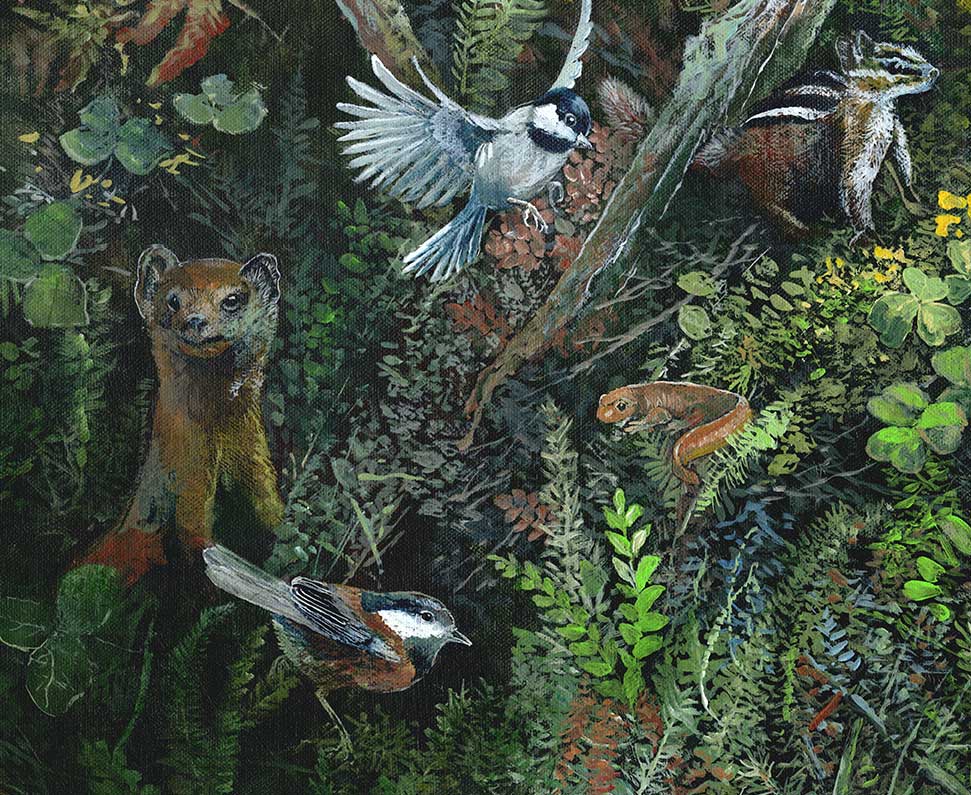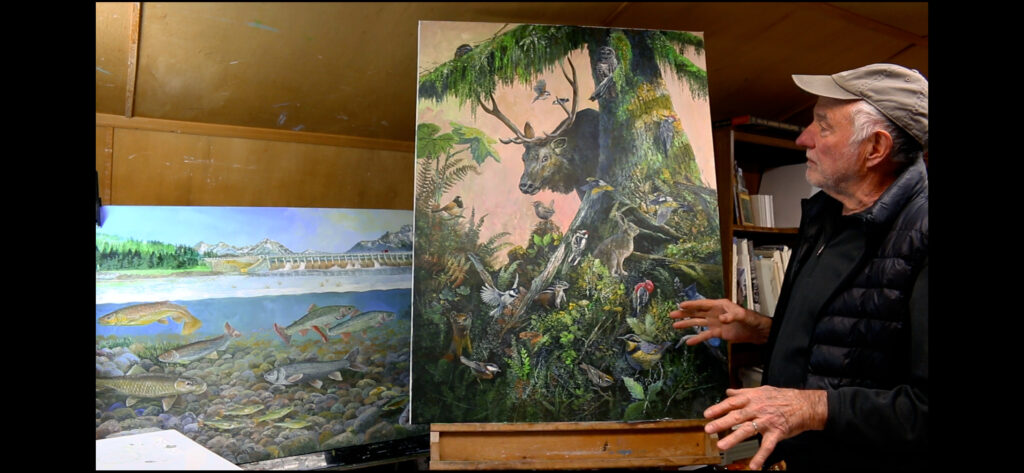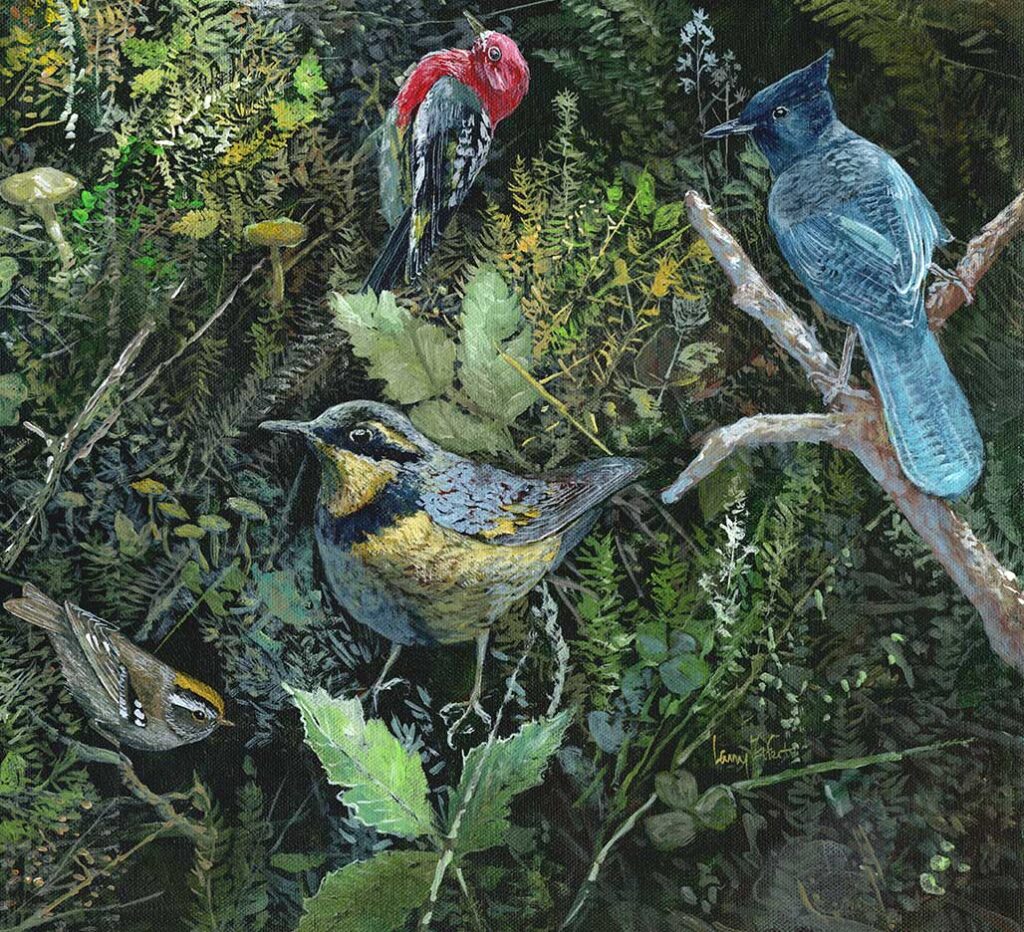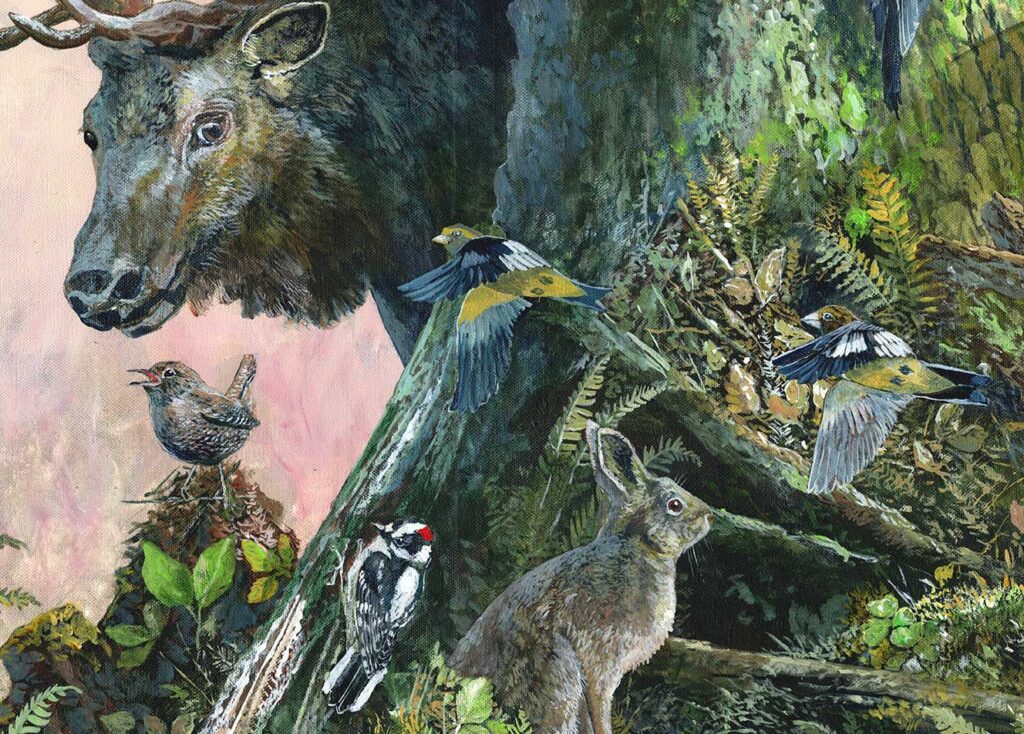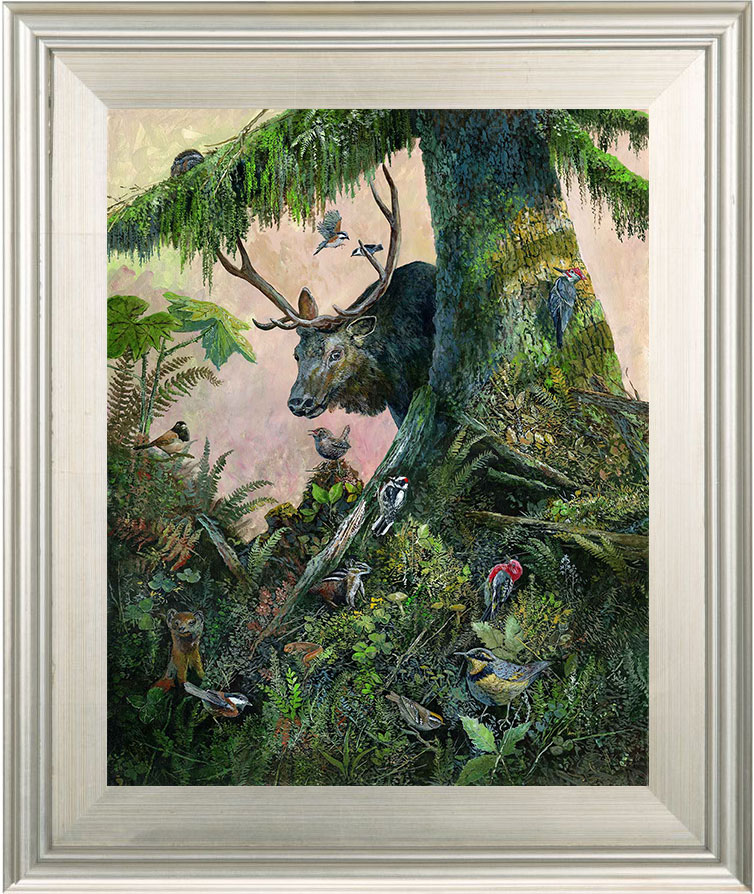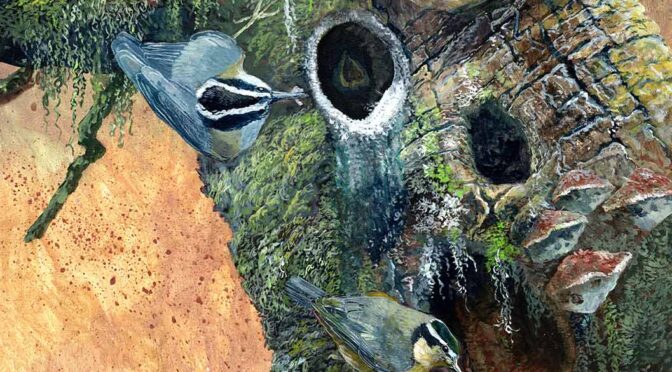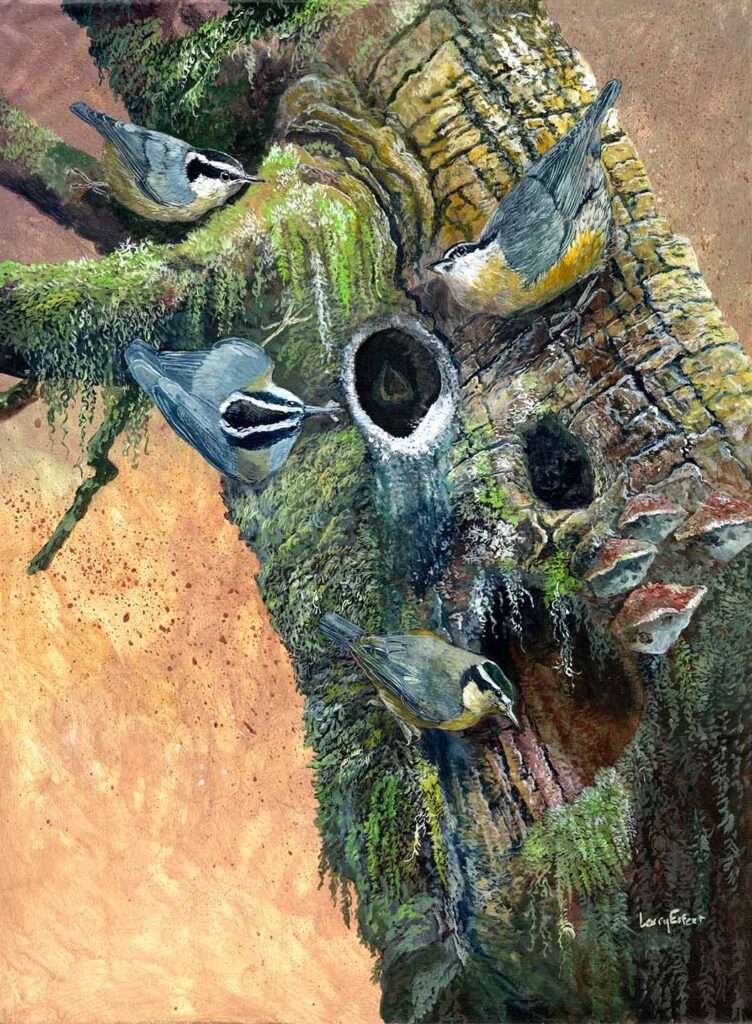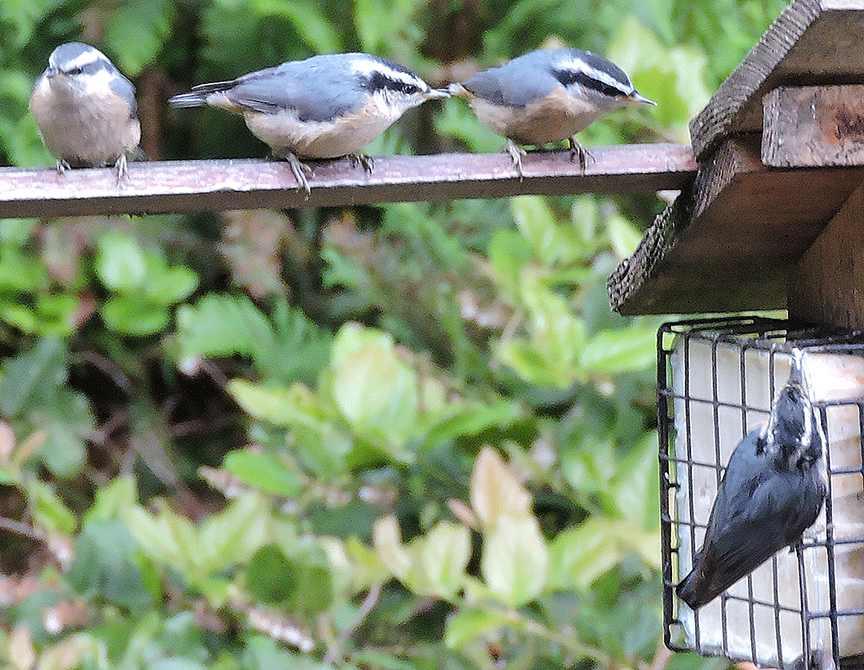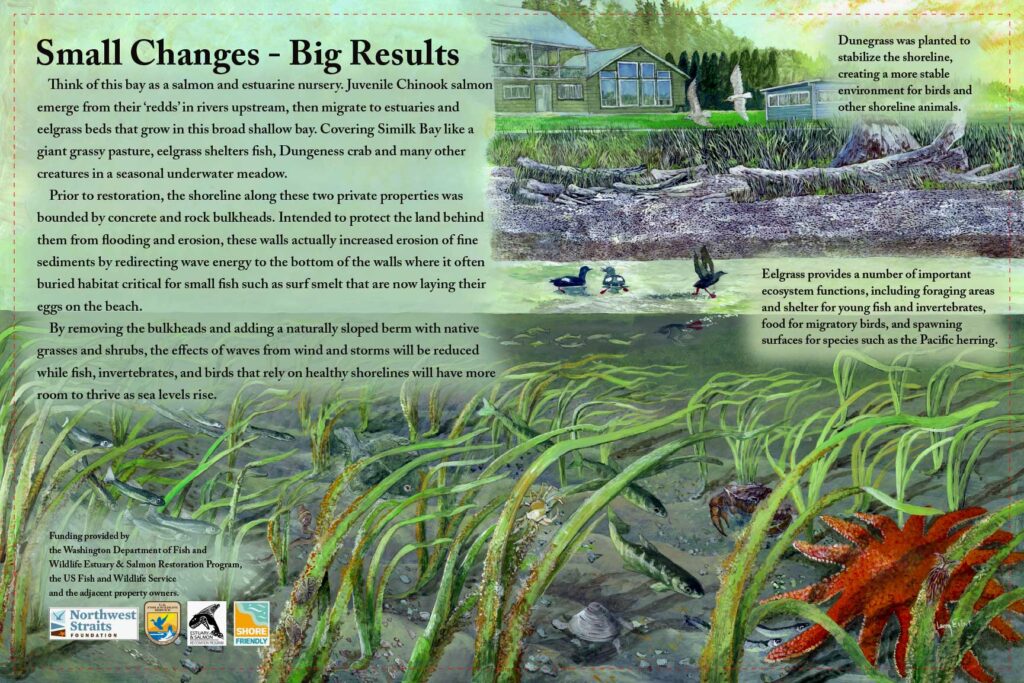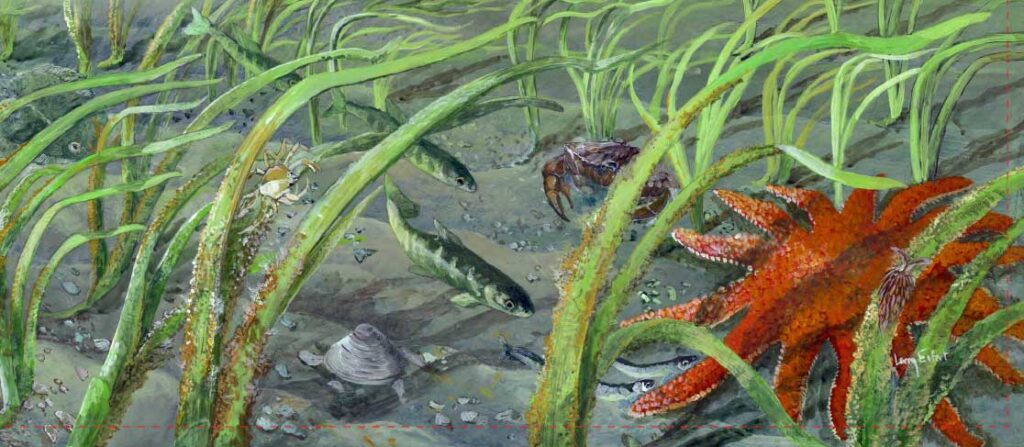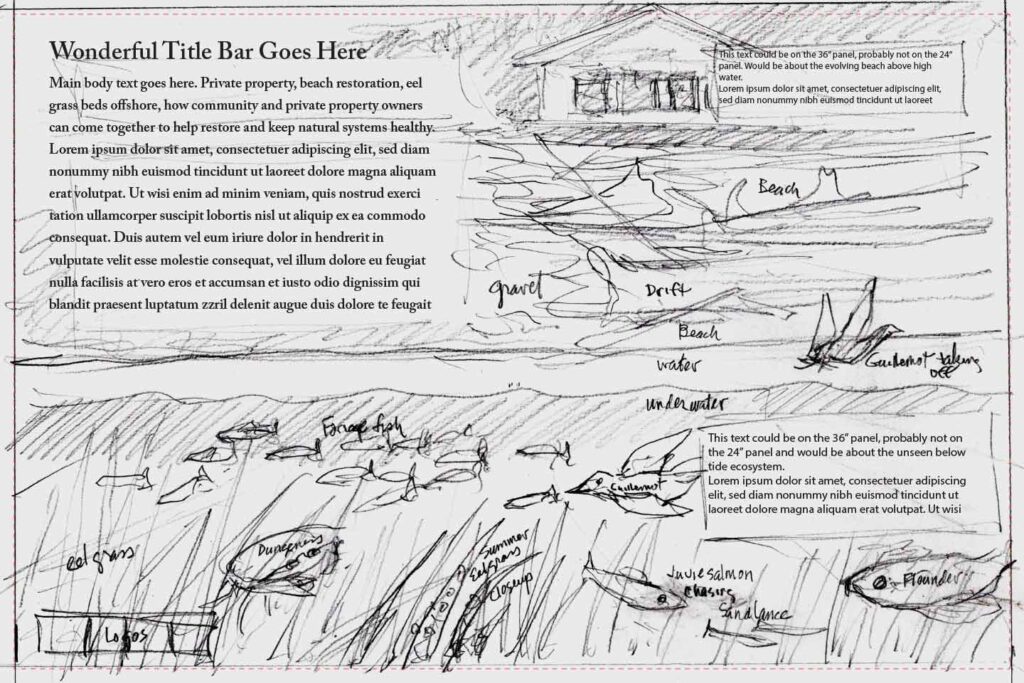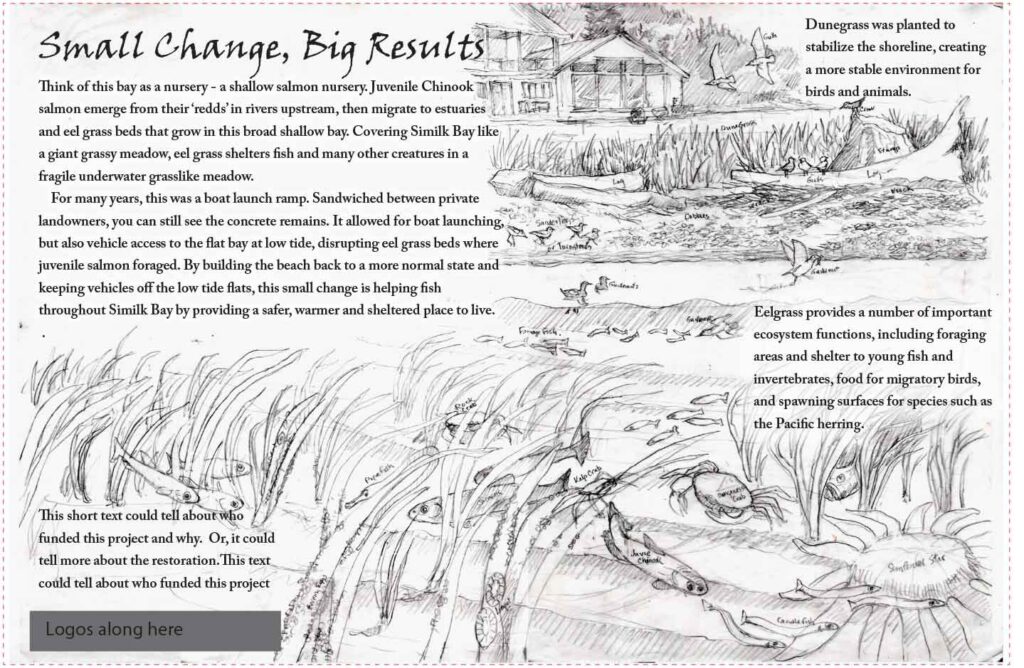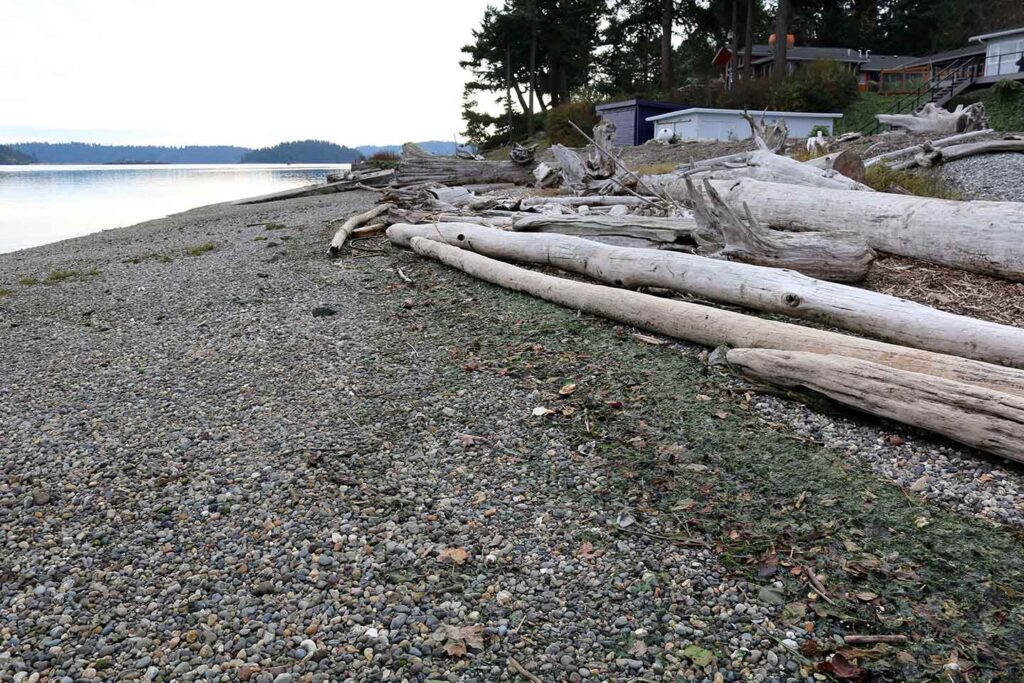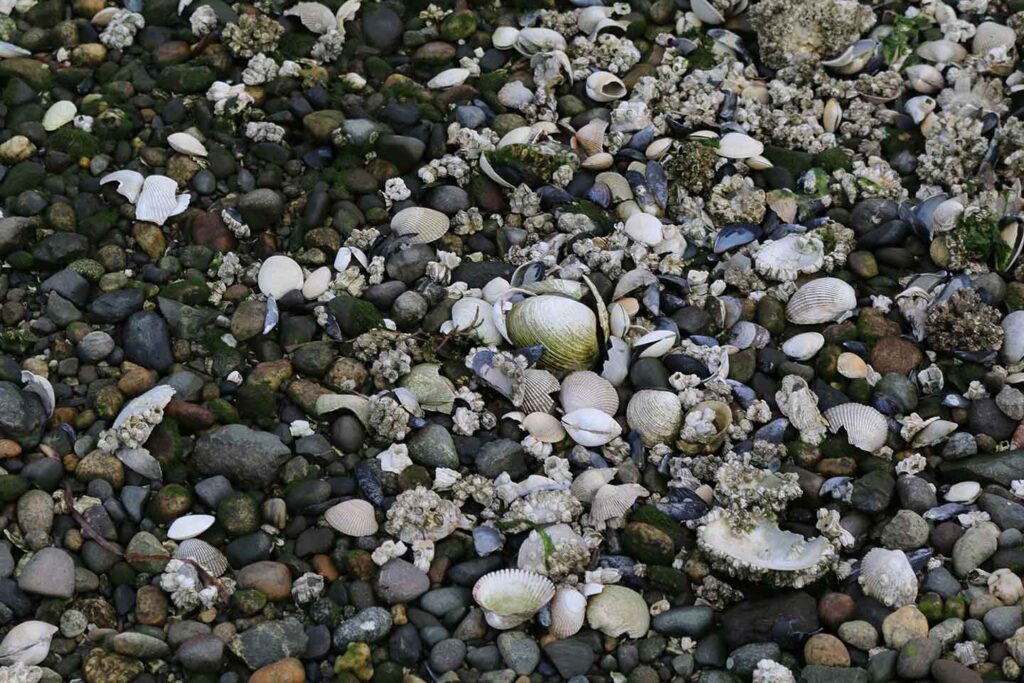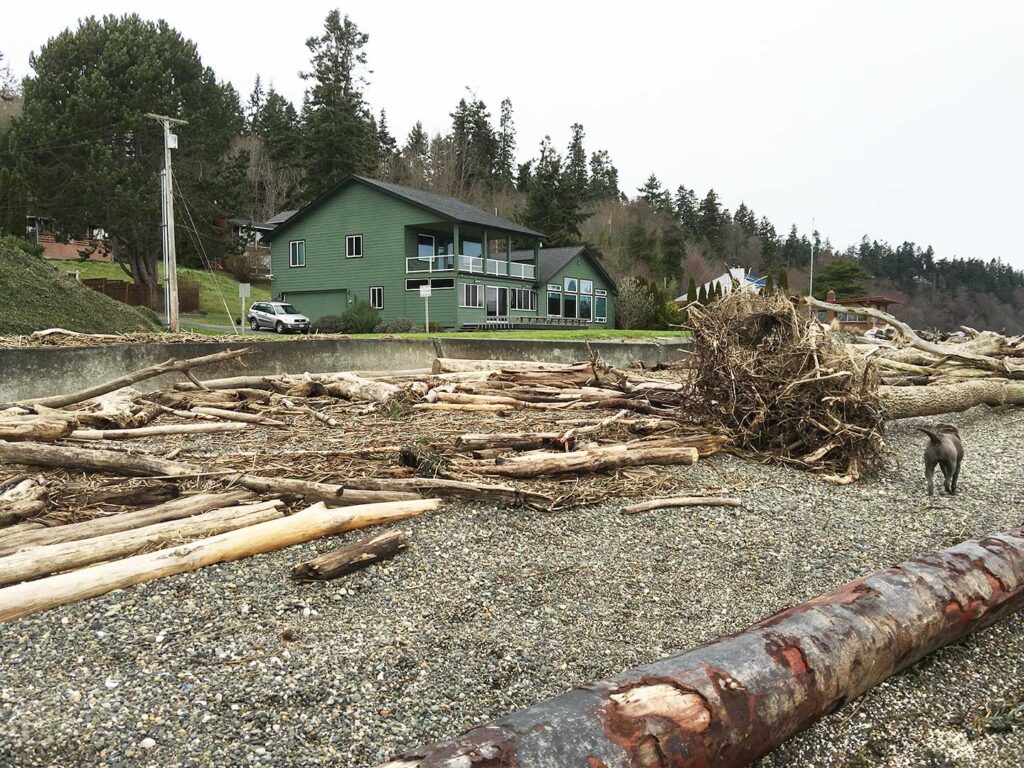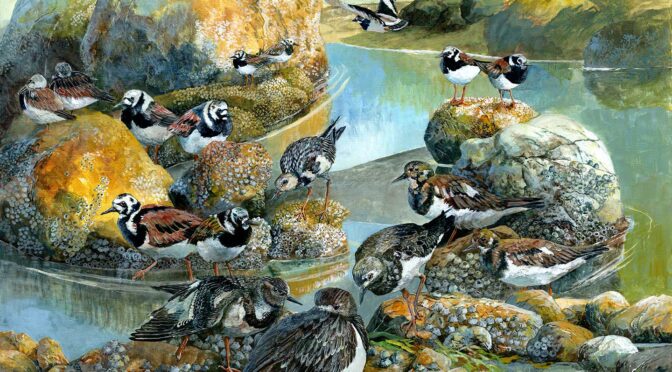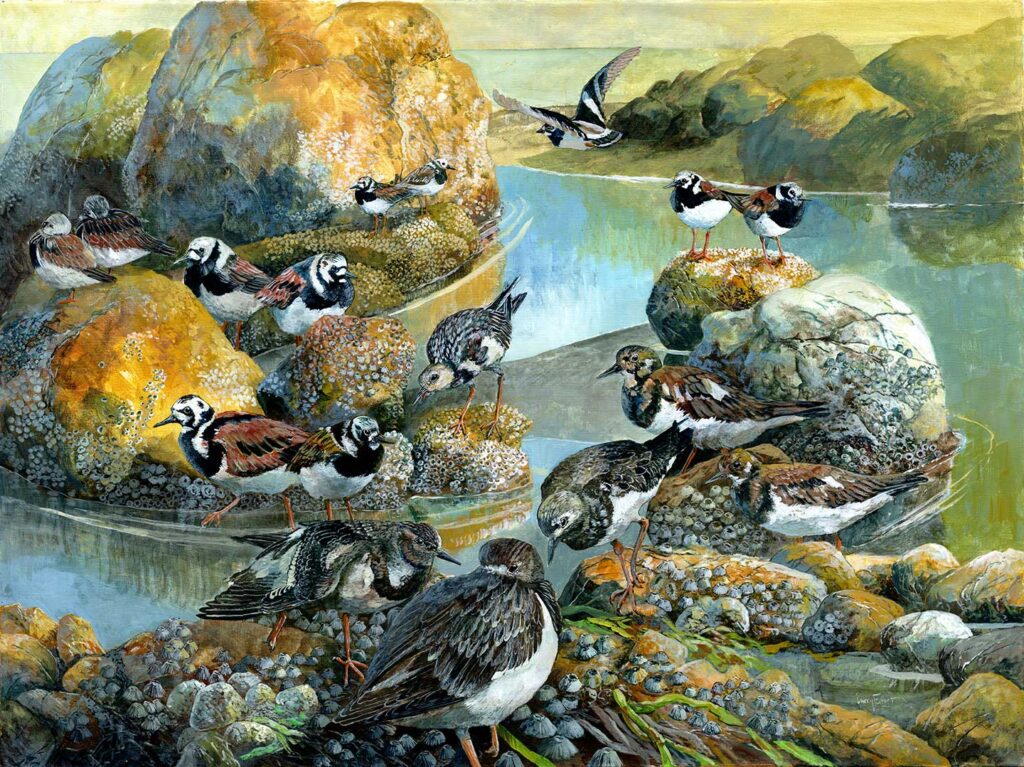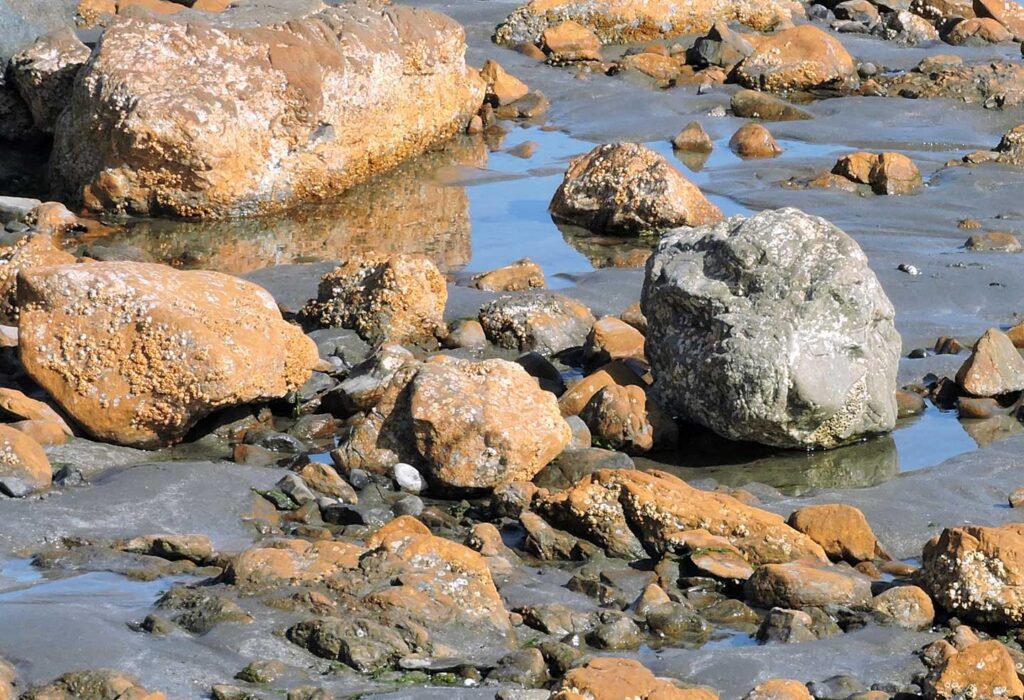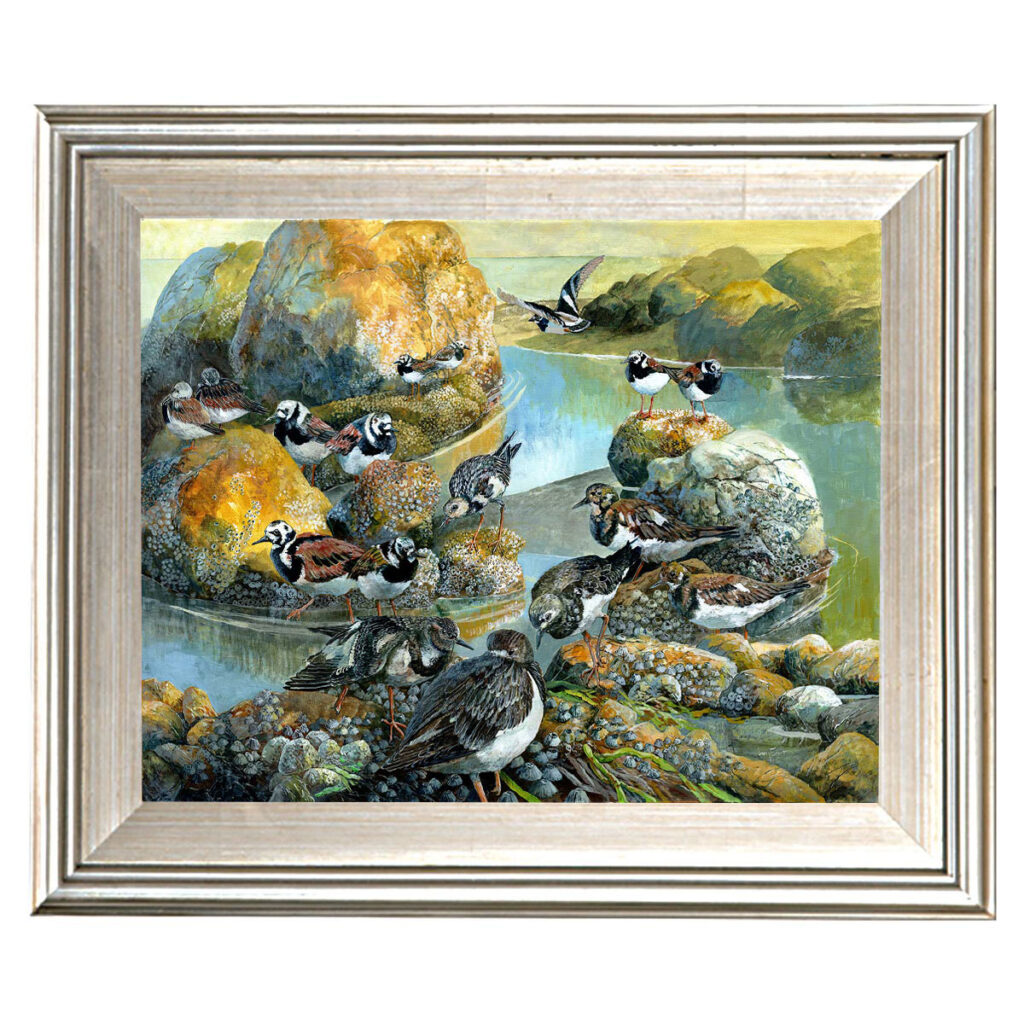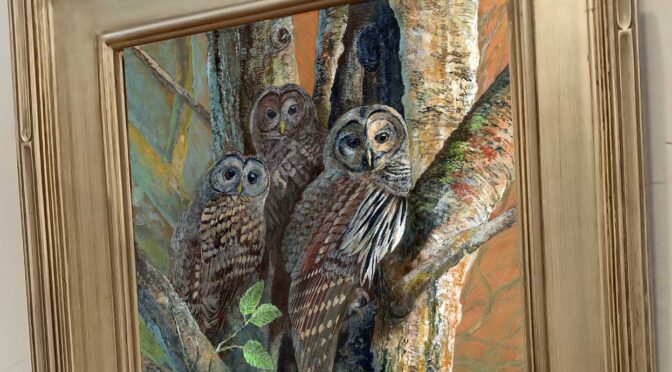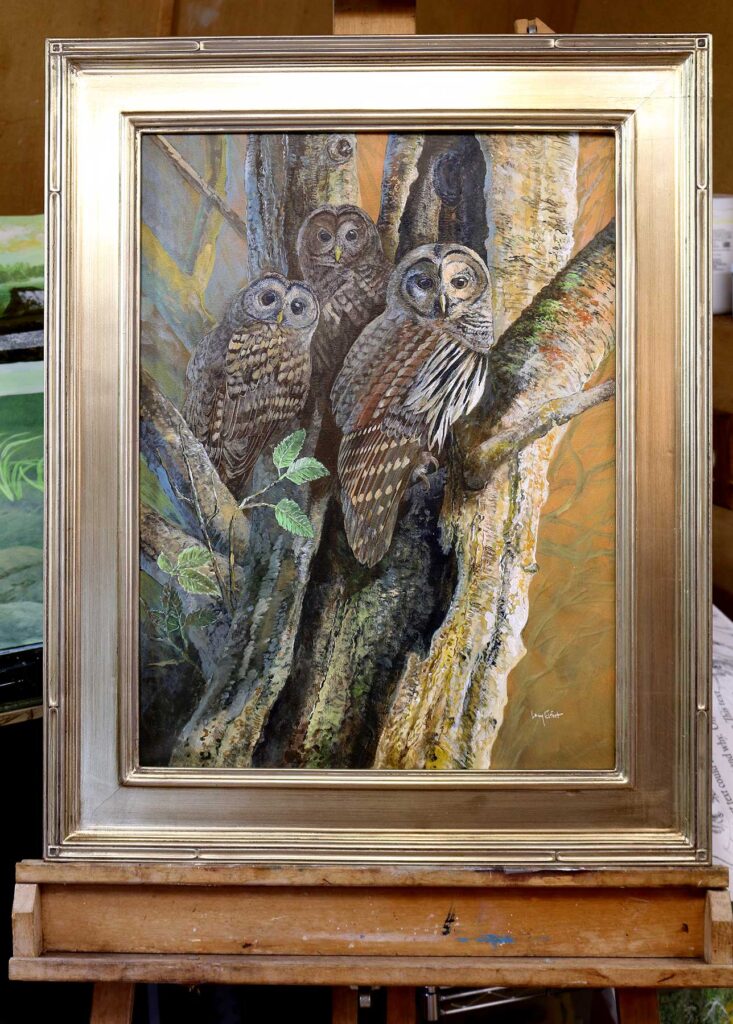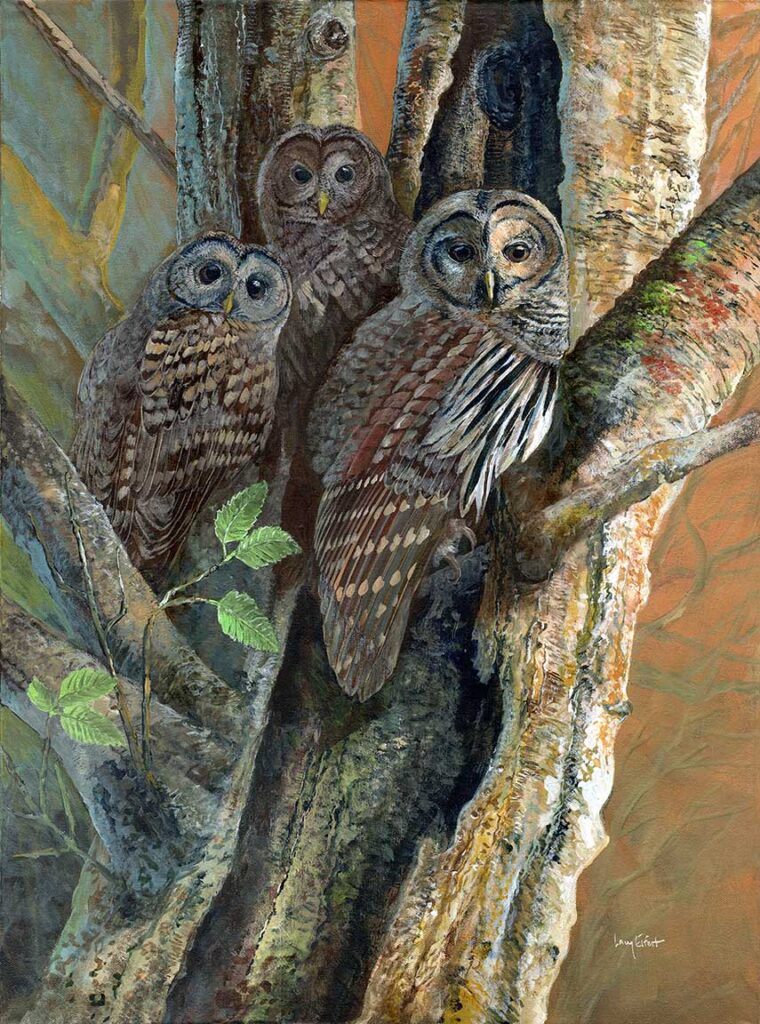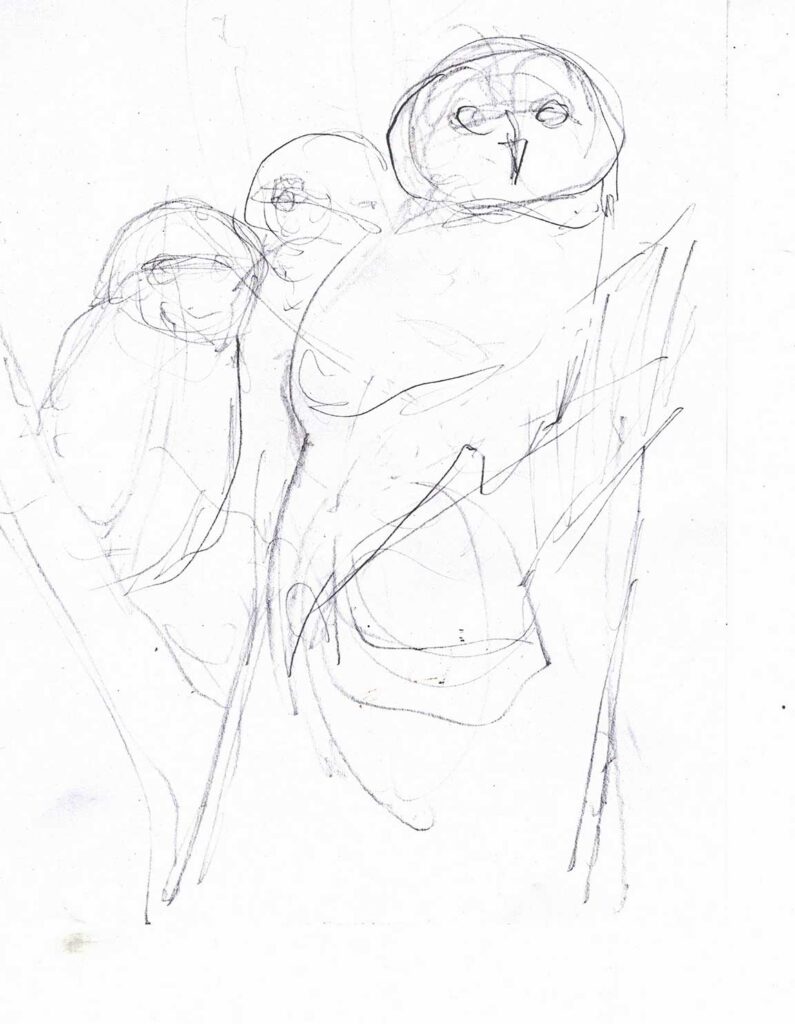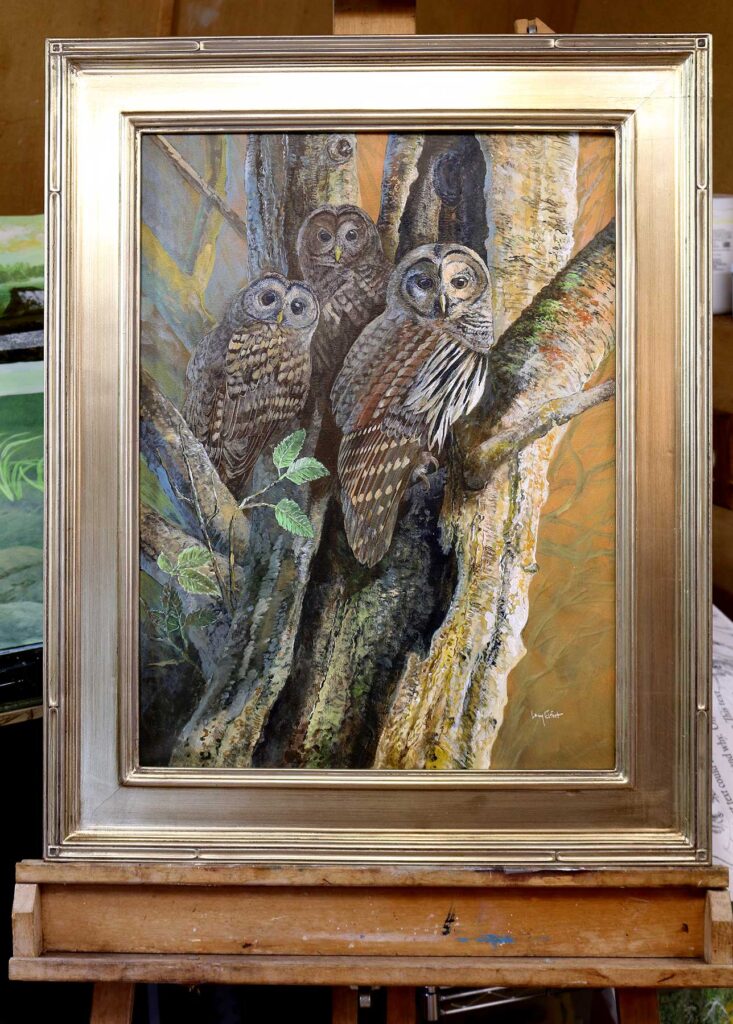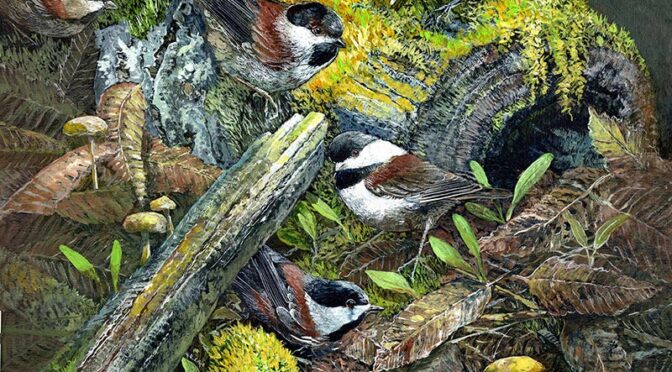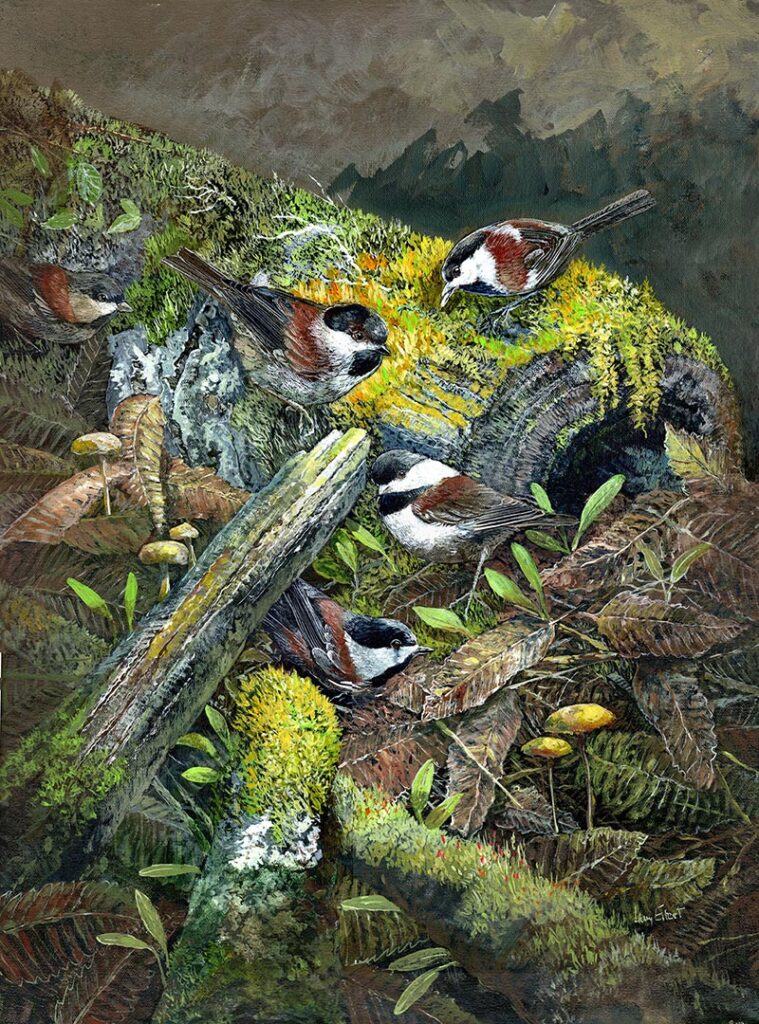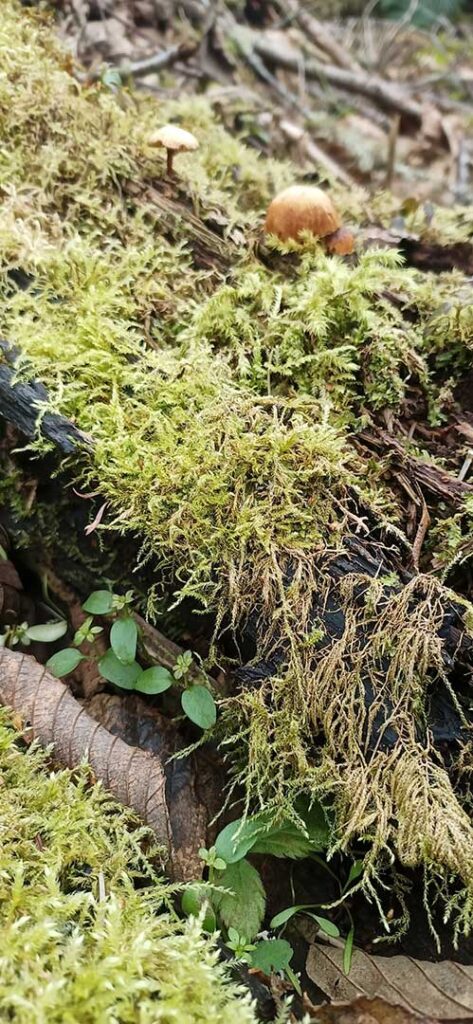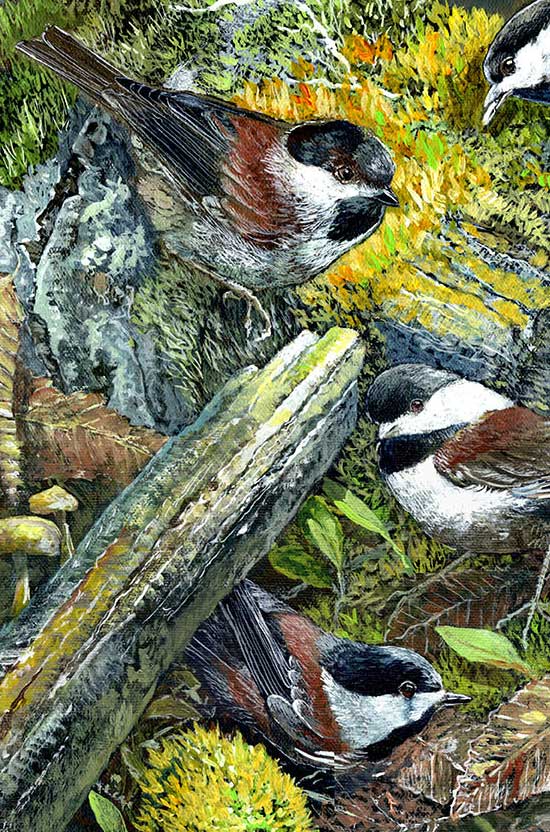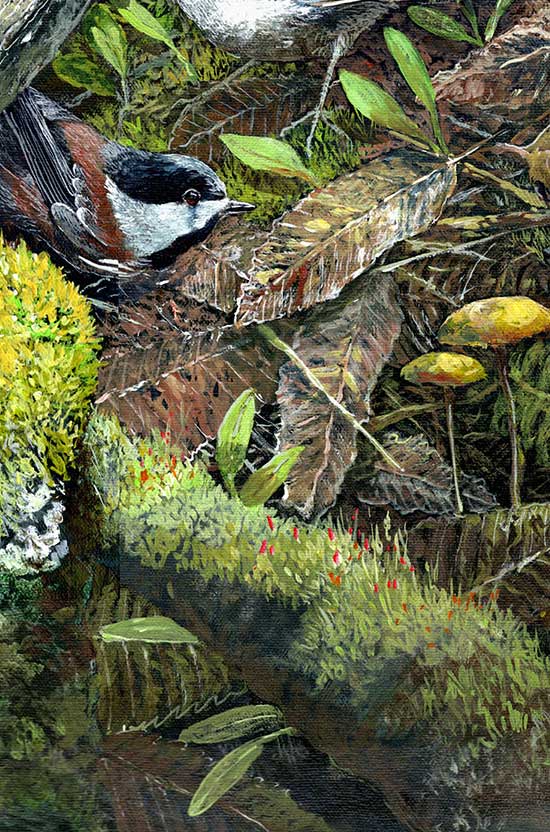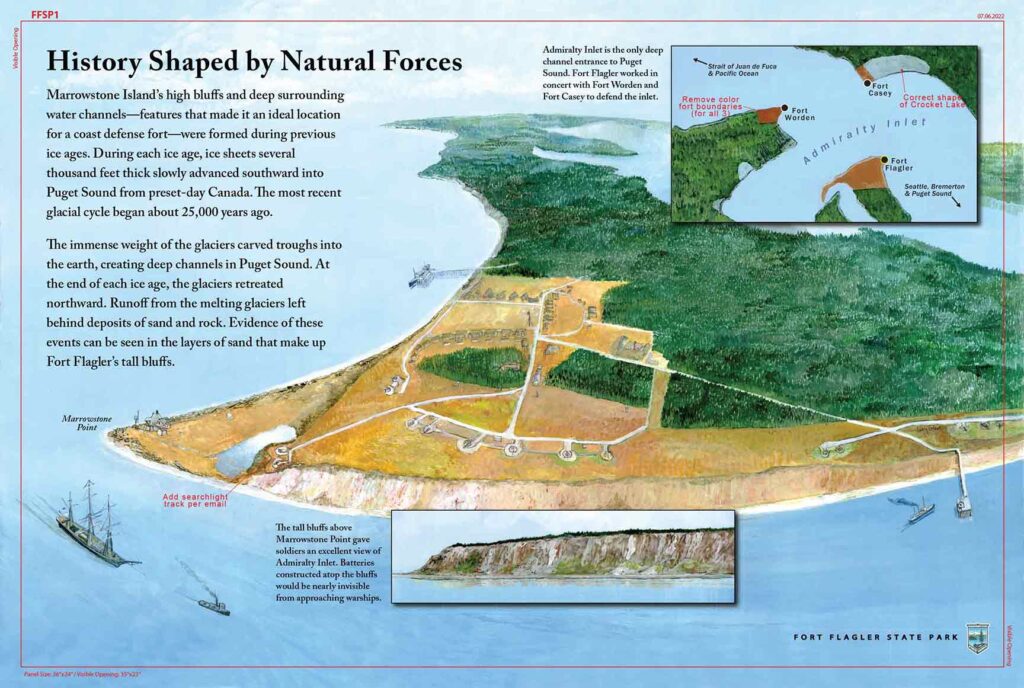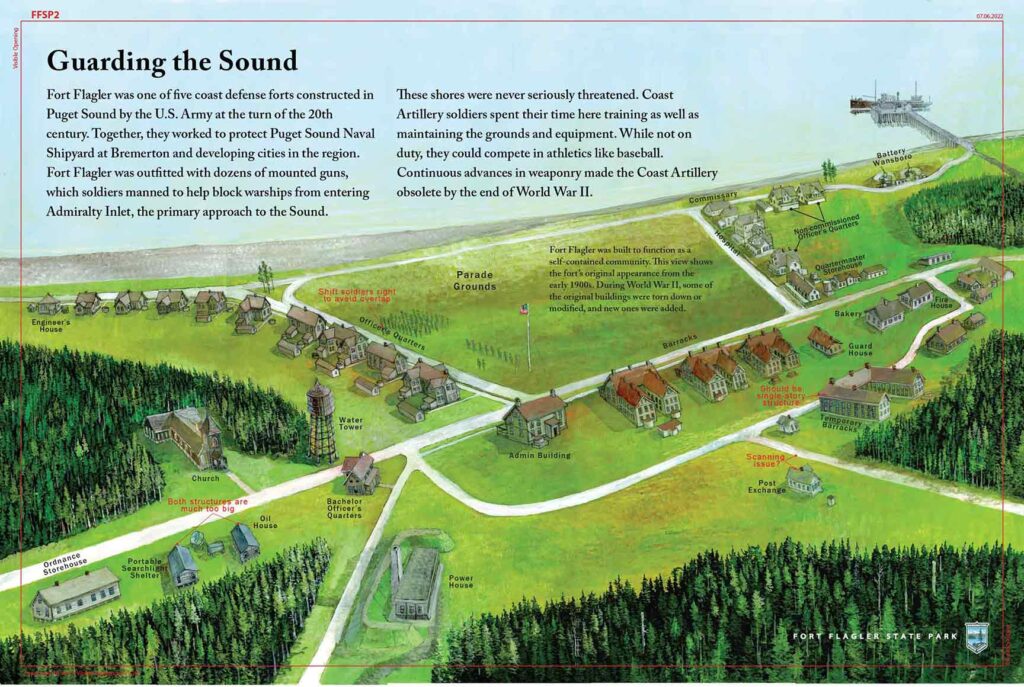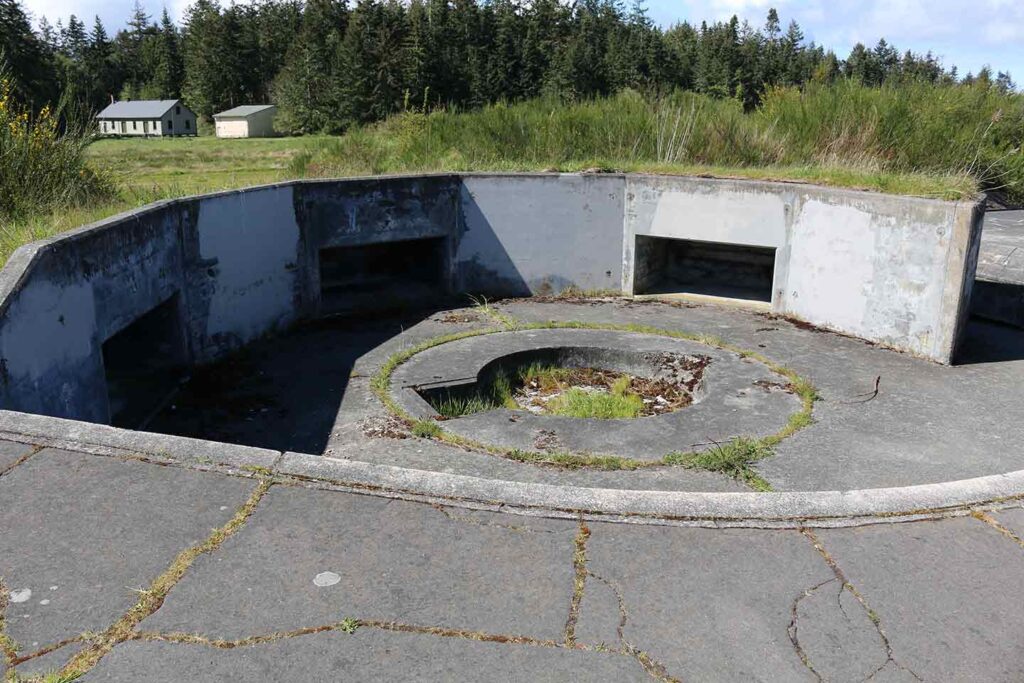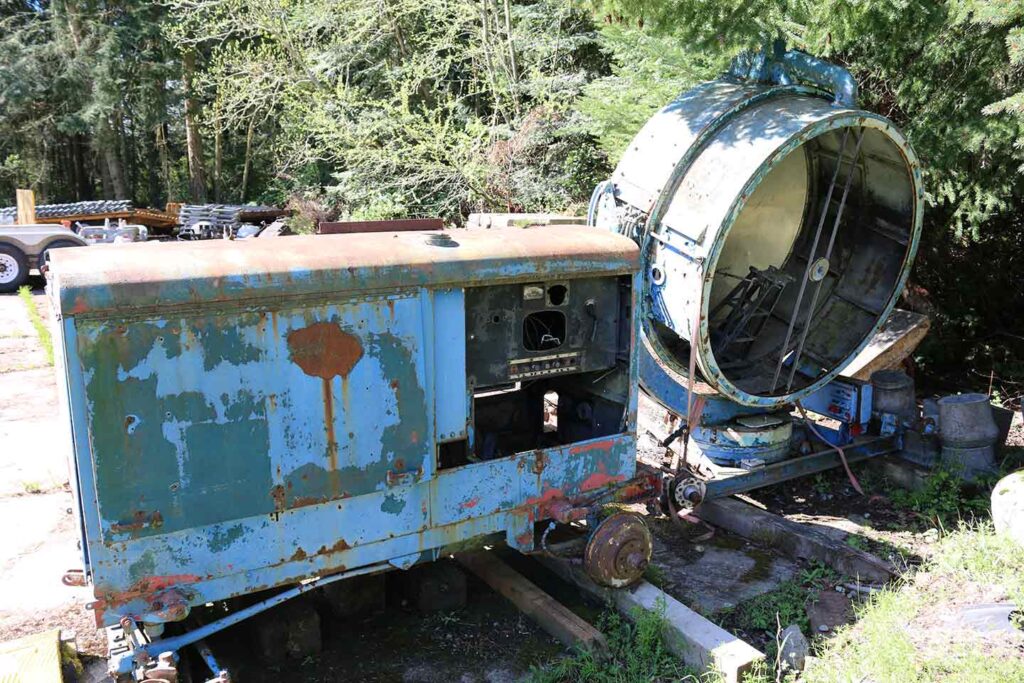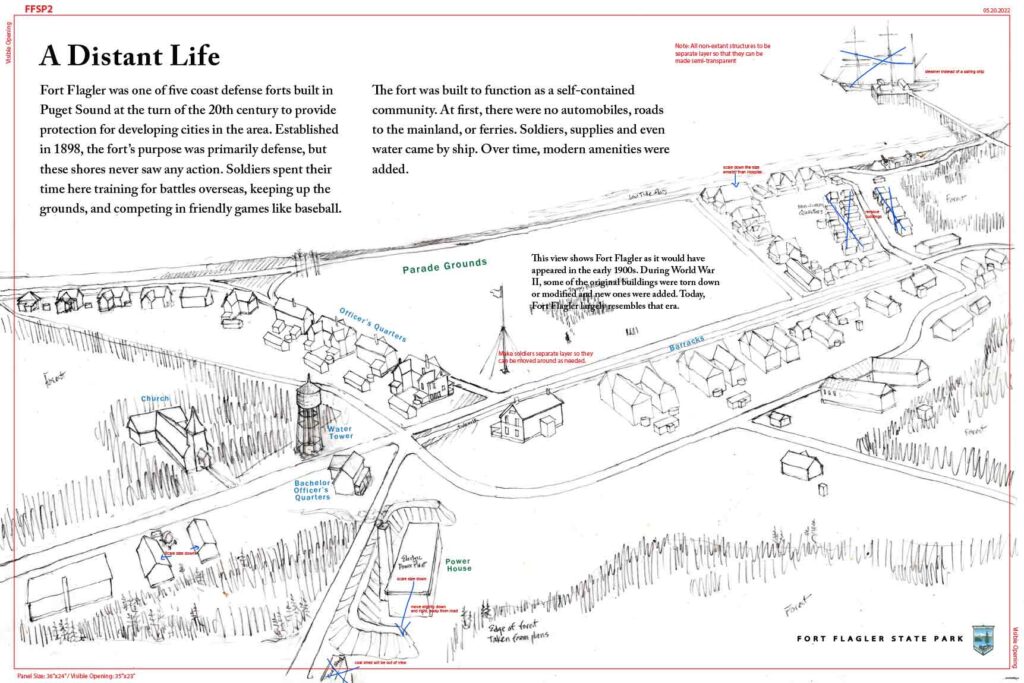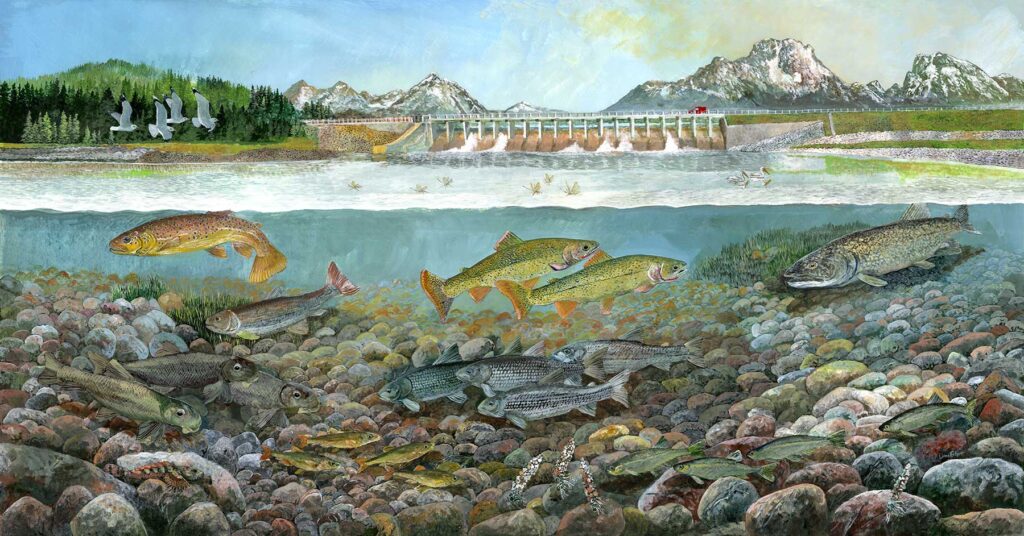
It’s been awhile since a blog post. All our websites were hacked by a very creepy cripto outfit and it’s taken me months to get it going again. We’re good now, but way behind posting what I’ve been painting. Here’s one, a big 48″ wayside for Grand Tetons National Park, right beside the Snake River below the Jackson Dam.
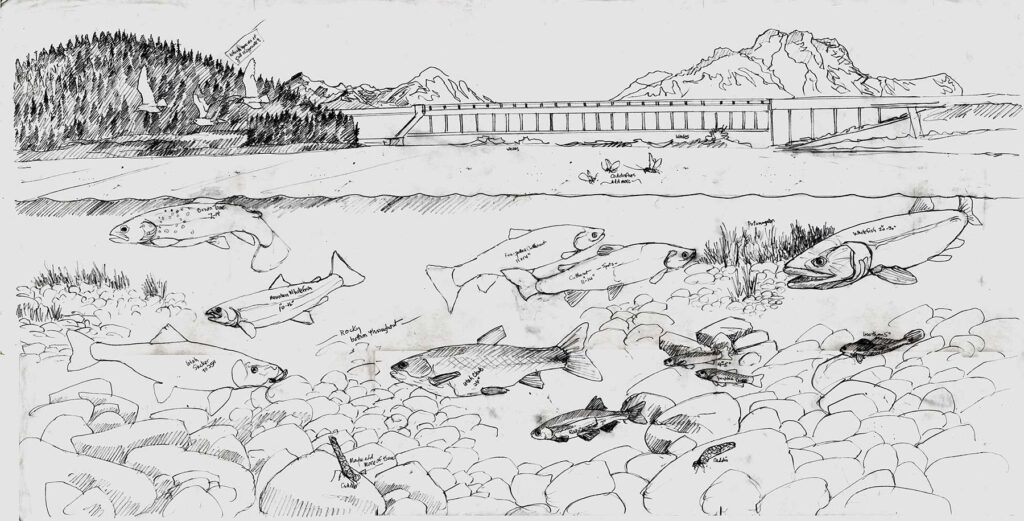
You can see the sketch changes a bit as it evolved to the final painting, but the basic concepts are still there. I started this in spring, then summer made it so park staff was swamped with millions of tourists.
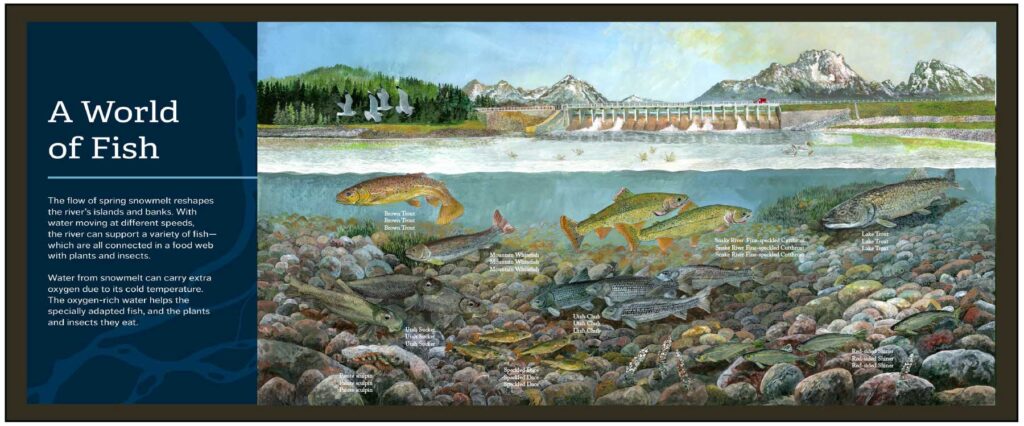
This is a draft mockup of the final panel, design by EDX in Seattle. Nice working with friends start to finish on these as the project goes through various contractors. Custom Southern Exhibits is doing the fabrication, an Alabama company I’ve worked with many times before.
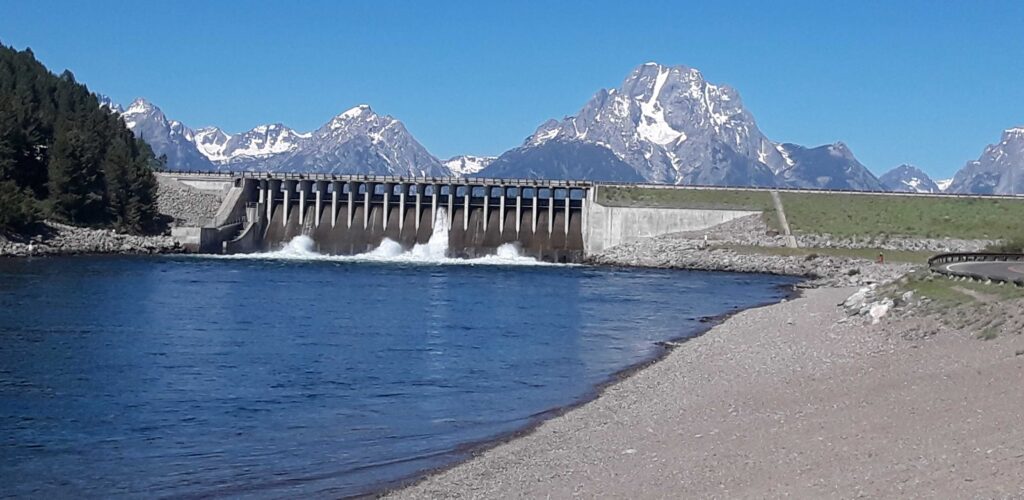
And here’s the location, right on the beach to the right. With one of the most dramatic backdrops in America, I’m happy to keep doing this stuff, the same job I’ve had for decades – making art for National Parks, the “best idea America ever had”.
Thanks for reading this week. You can sign up for emails for these posts on my website at larryeifert.com.
Larry Eifert
Here is my Esty site with both of our paintings and photography for sale.
Here’s my Facebook fan page. I post lots of other stuff there.
Click here to go to our main website and see my other original paintings currently for sale:
https://larryeifert.com/wordpress/current-originals-for-sale/
Nancy’s web portfolio of stunning photography and paintings.
And here to go to Virginia Eifert’s website.
Or Crater Lake Institute’s website which I also build – viewership of several million a month!

